USTB is committed to building itself into a high-level research-oriented university
which attaches importance to novel scientific research and promotes independent innovation.
Recently, the research team led by Professor Lü Zhaoping from the State Key Laboratory for Advanced Metallic Materials at our university published two consecutive papers within one month in Nature Communications, focusing on metallic glasses, amorphous alloys, and aluminum-based concentrated alloys.
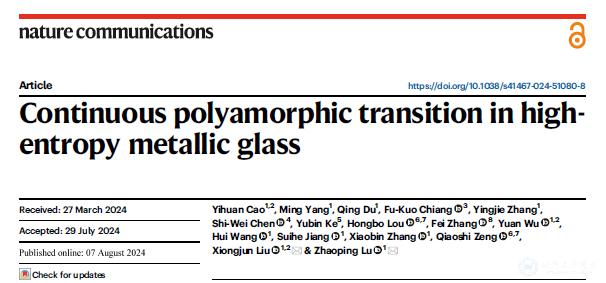
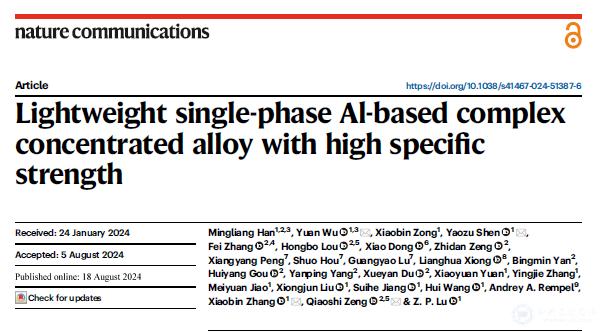
Research Achievement 1: Continuous Polyamorphic Transition in High-Entropy Metallic Glass
Polyamorphic transition (PT) refers to structural transformations between distinct amorphous states, widely observed in glassy materials, and plays a vital role in regulating their structure and properties. In conventional metallic glass systems, PT typically exhibits abrupt, first-order transitions. In contrast, high-entropy metallic glasses, due to their multicomponent atomic configurations, provide a platform for more complex and diverse PT behavior.
Professor Lü Zhaoping and Professor Liu Xiongjun’s team, together with collaborators, reported a unique continuous polyamorphic transition (CPT) observed during heating in high-entropy metallic glasses. This CPT is characterized by the absence of sharp first-order features and is instead driven by the reorganization of atomic distribution under high configurational entropy. The study highlights the dynamic mechanisms behind CPT, showing enhanced flexibility and tunability of atomic packing, and provides a new perspective on understanding PT in amorphous alloys.
The related work, titled “Continuous polyamorphic transition in high-entropy metallic glass”, was published online in Nature Communications. The first author is PhD candidate Liu Shuangyi, with Professors Liu Xiongjun and Lü Zhaoping as corresponding authors.
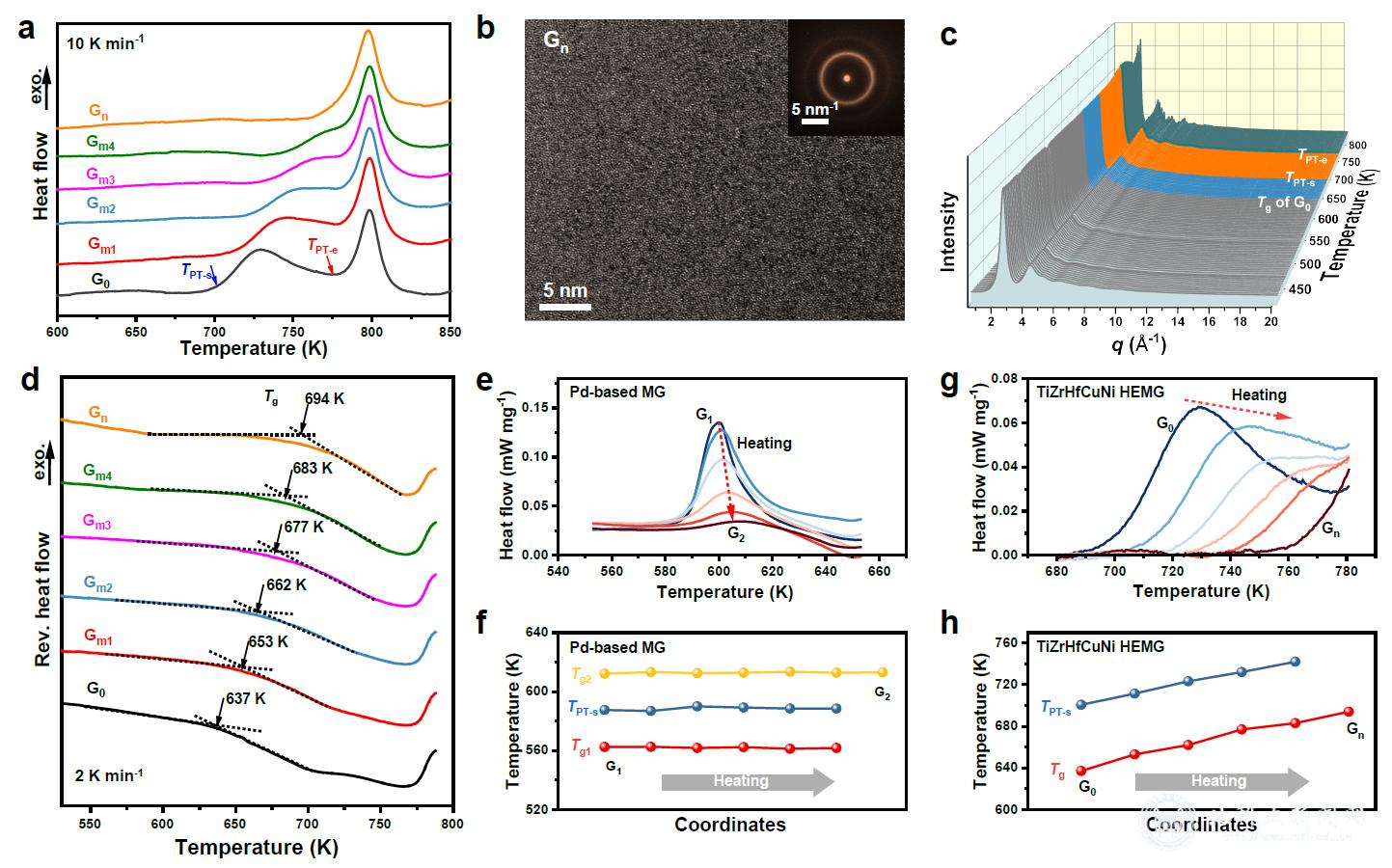
Figure 1 Polymorphism transformation and its calorimetric behavior in high-entropy amorphous alloys
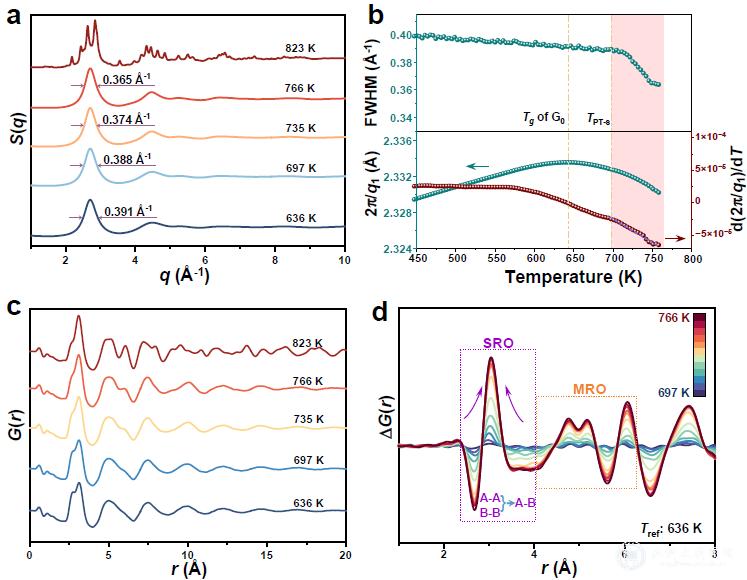
Figure 2 Structural evolution of high-entropy amorphous alloys during the CPT process
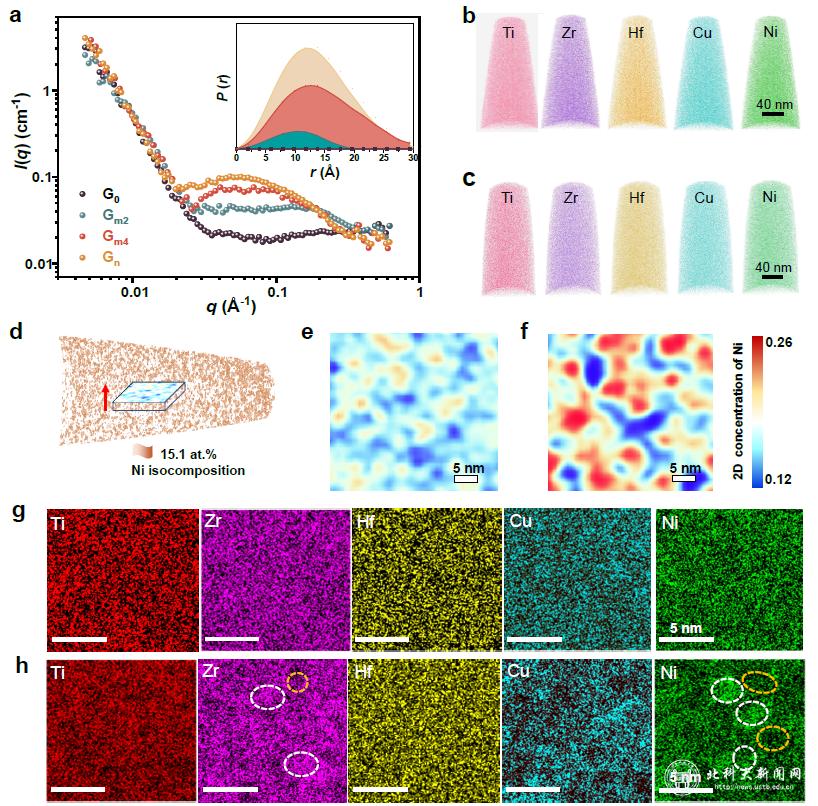
Figure 3 Atomic ordering mechanism of high-entropy amorphous alloys during the CPT process
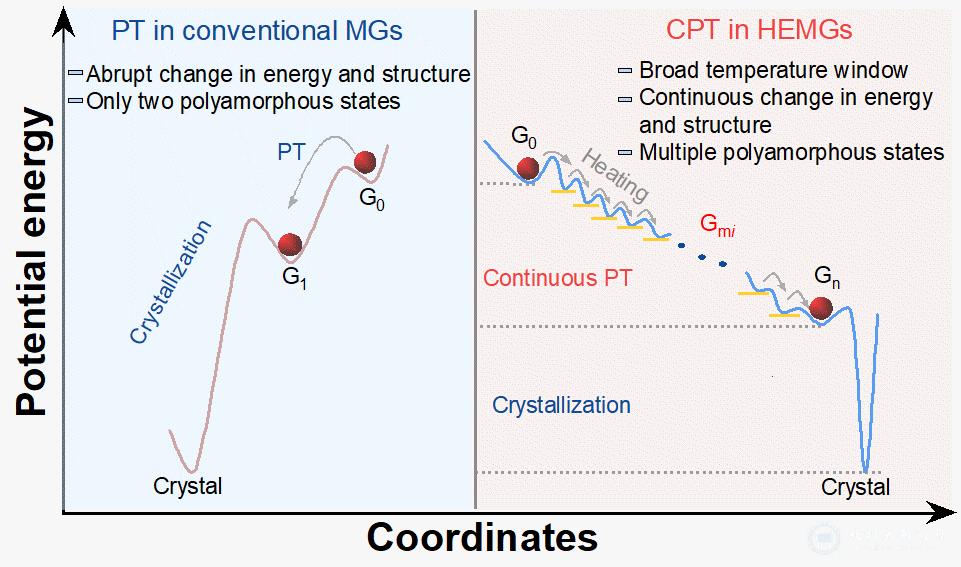
Figure 4 Potential energy landscapes of CPT in high-entropy amorphous alloys and PT in traditional amorphous alloys
Achievement 2: Lightweight Single-Phase Al-Based Complex Concentrated Alloy with High Specific Strength
Developing lightweight, high-strength aluminum alloys is a long-standing pursuit. Conventional aluminum alloys often contain over 85% Al, but their strength is limited by intermetallic compounds (IMCs), which tend to degrade ductility and performance.
To address this, Professor Lü Zhaoping’s team, in collaboration with Professor Wu Zhipeng from the Beijing Research Institute of Science and Technology, proposed a novel strategy using complex concentrated alloys (CCAs) with high configurational entropy. They successfully developed a single-phase FCC-structured Al-based CCA (Al55Mg35Li5Zn5), featuring low density (2.40 g/cm³), high yield strength (4.3×10³ N/m·kg), and excellent specific strength compared with traditional aluminum alloys.
This breakthrough demonstrates the effectiveness of high configurational entropy in stabilizing single-phase structures and improving strength by suppressing phase separation. It opens new opportunities for the design of lightweight, high-performance aluminum-based alloys.
The related work, titled“Lightweight single-phase Al-based complex concentrated alloy with high specific strength”, was also published online in Nature Communications. The first author is PhD candidate Han Chaoliang.
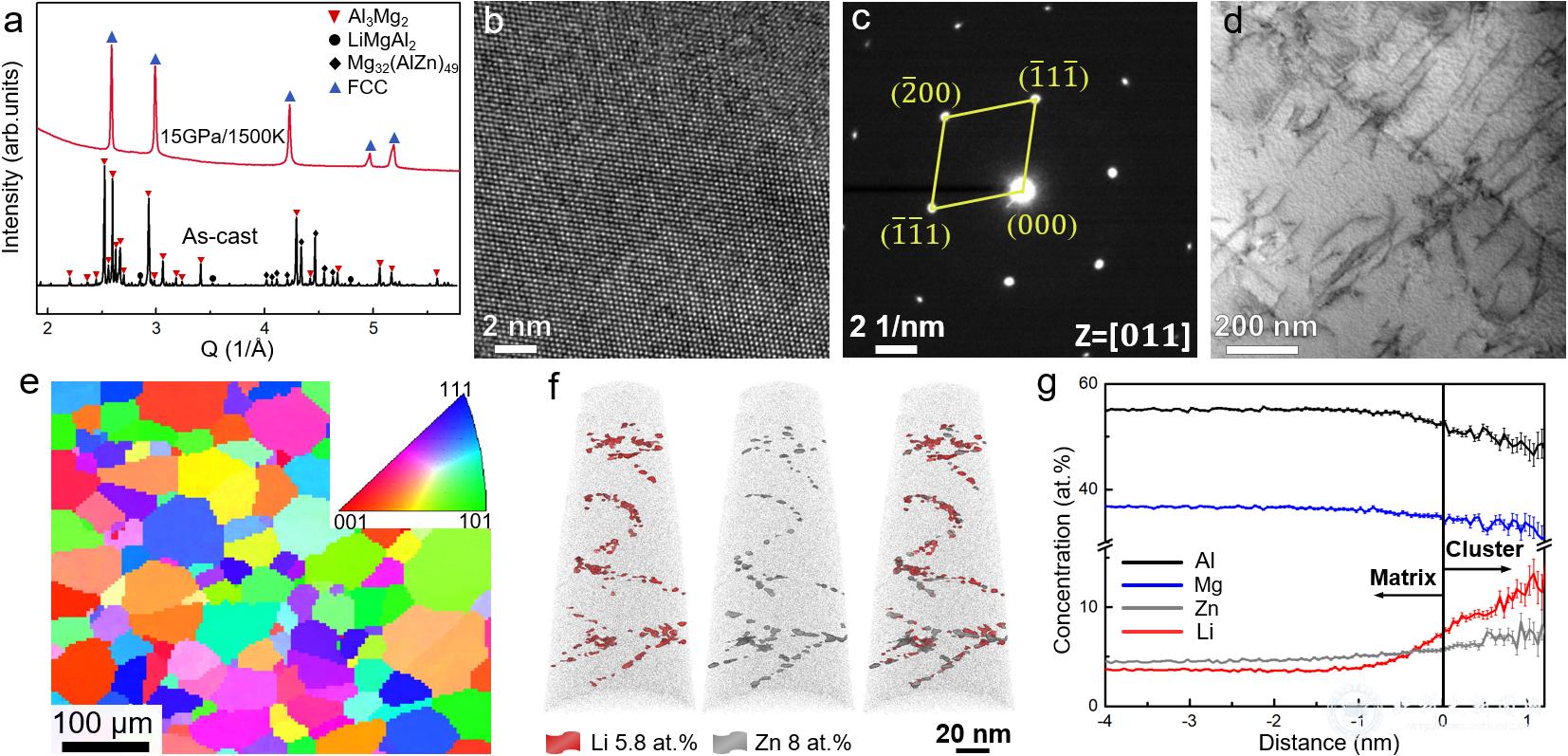
Figure 1 Characterization of as-cast and high-temperature high-pressure synthesized Al55Mg35Li5Zn5 samples
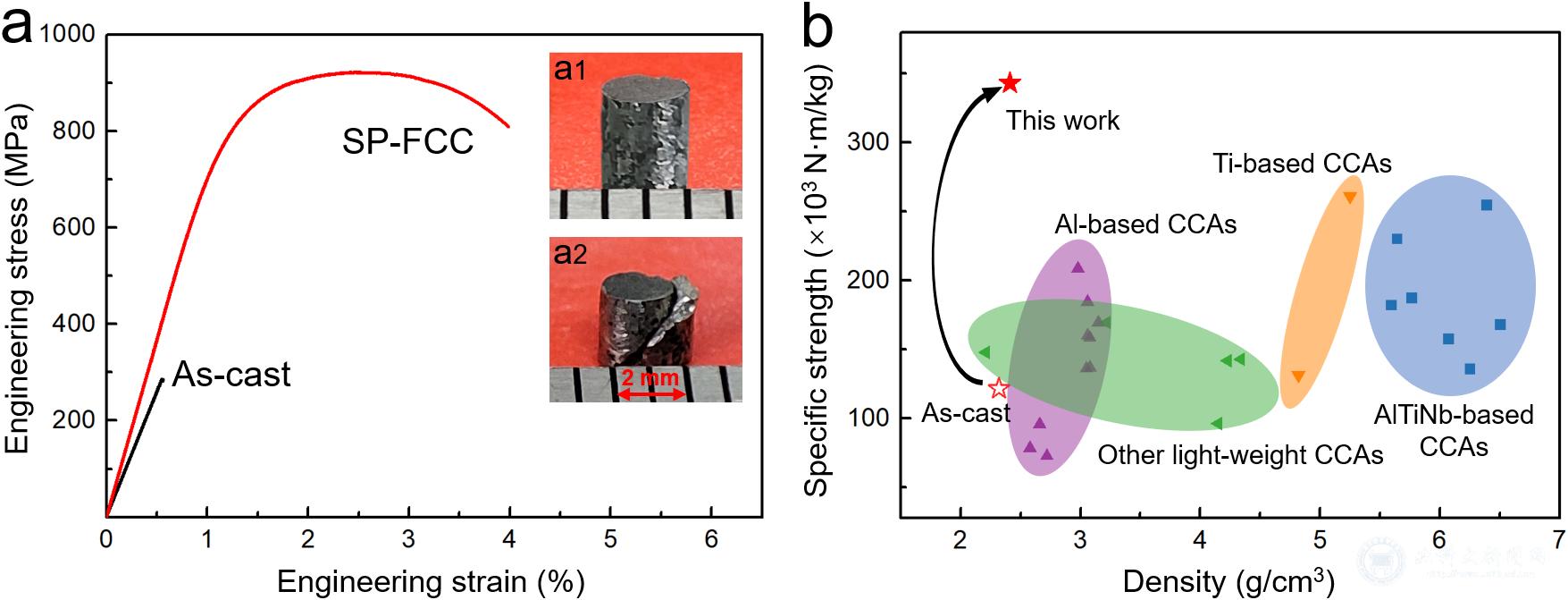
Figure 2 Mechanical properties

Figure 3 Deformation behavior of single-phase Al55Mg35Li5Zn5 CCA
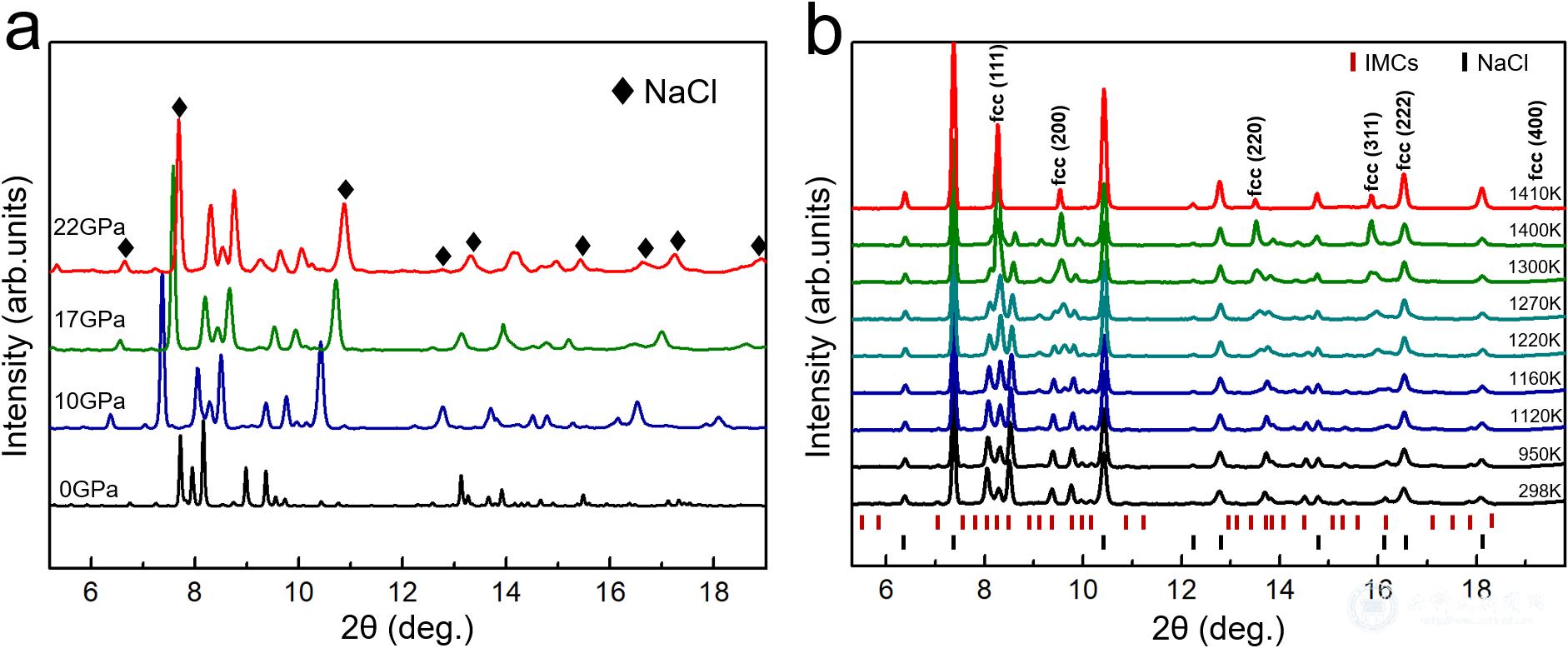
Figure 4 In-situ high-pressure synchrotron radiation reveals the phase formation mechanism of single-phase FCC
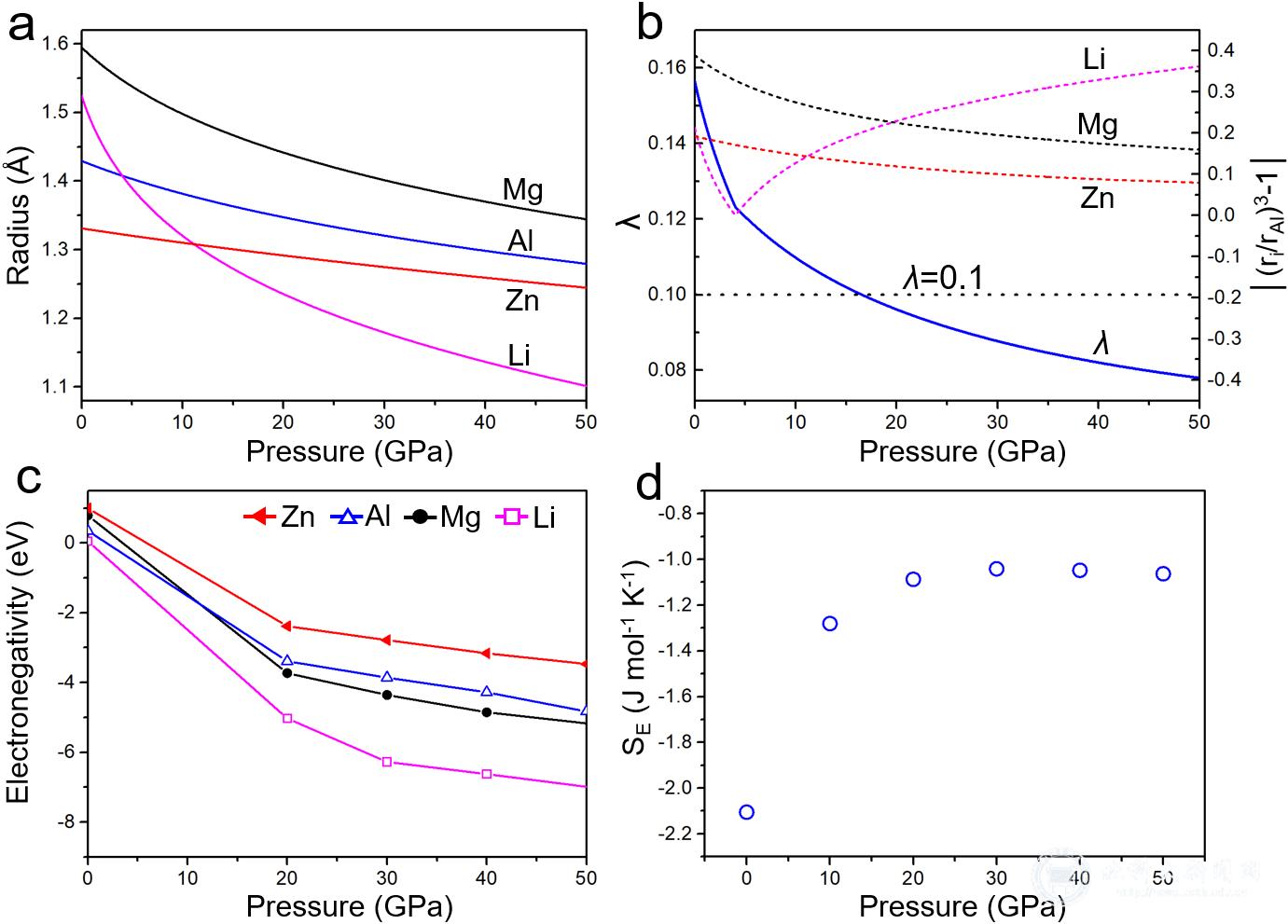
Figure 5 Variation of element radius, local atomic strain (λ), electronegativity and excess entropy (SE) with pressure